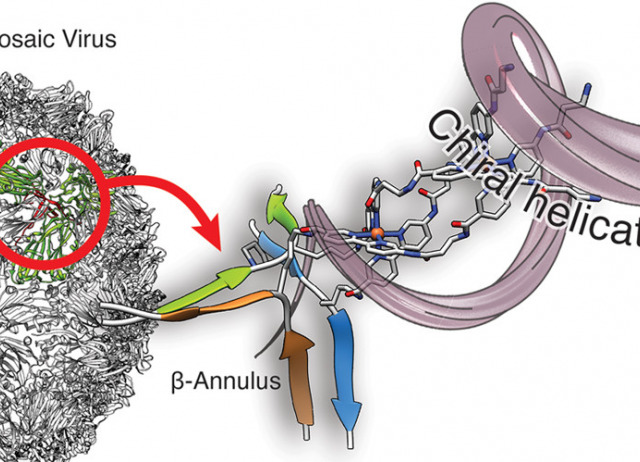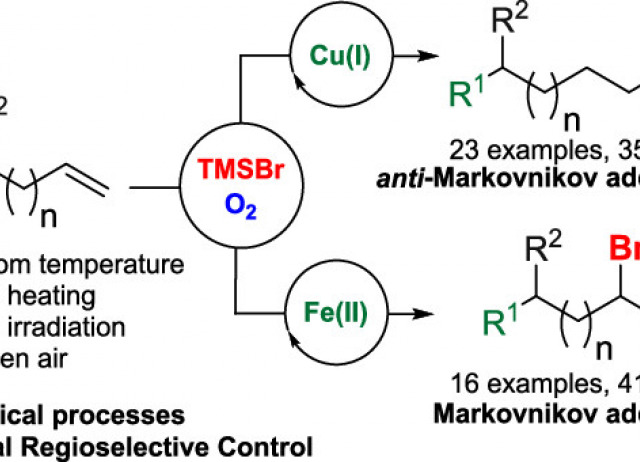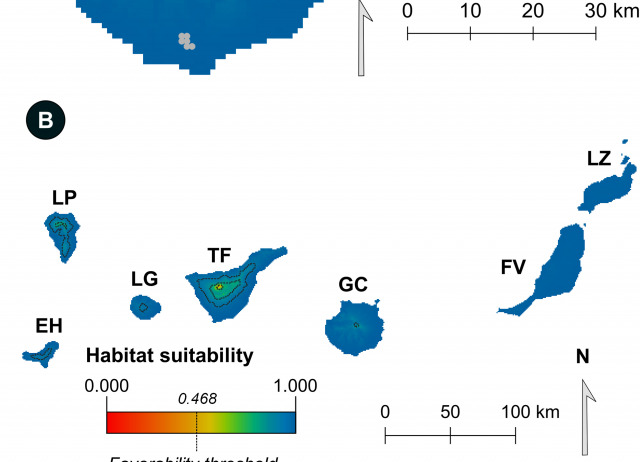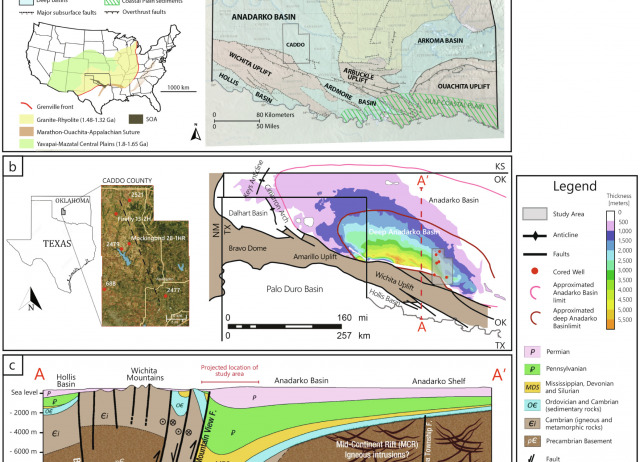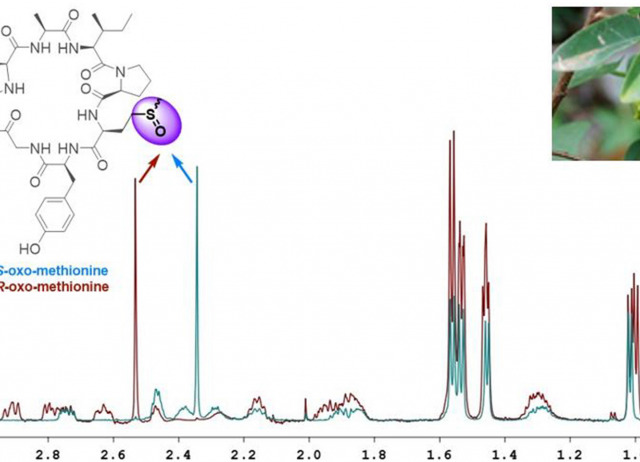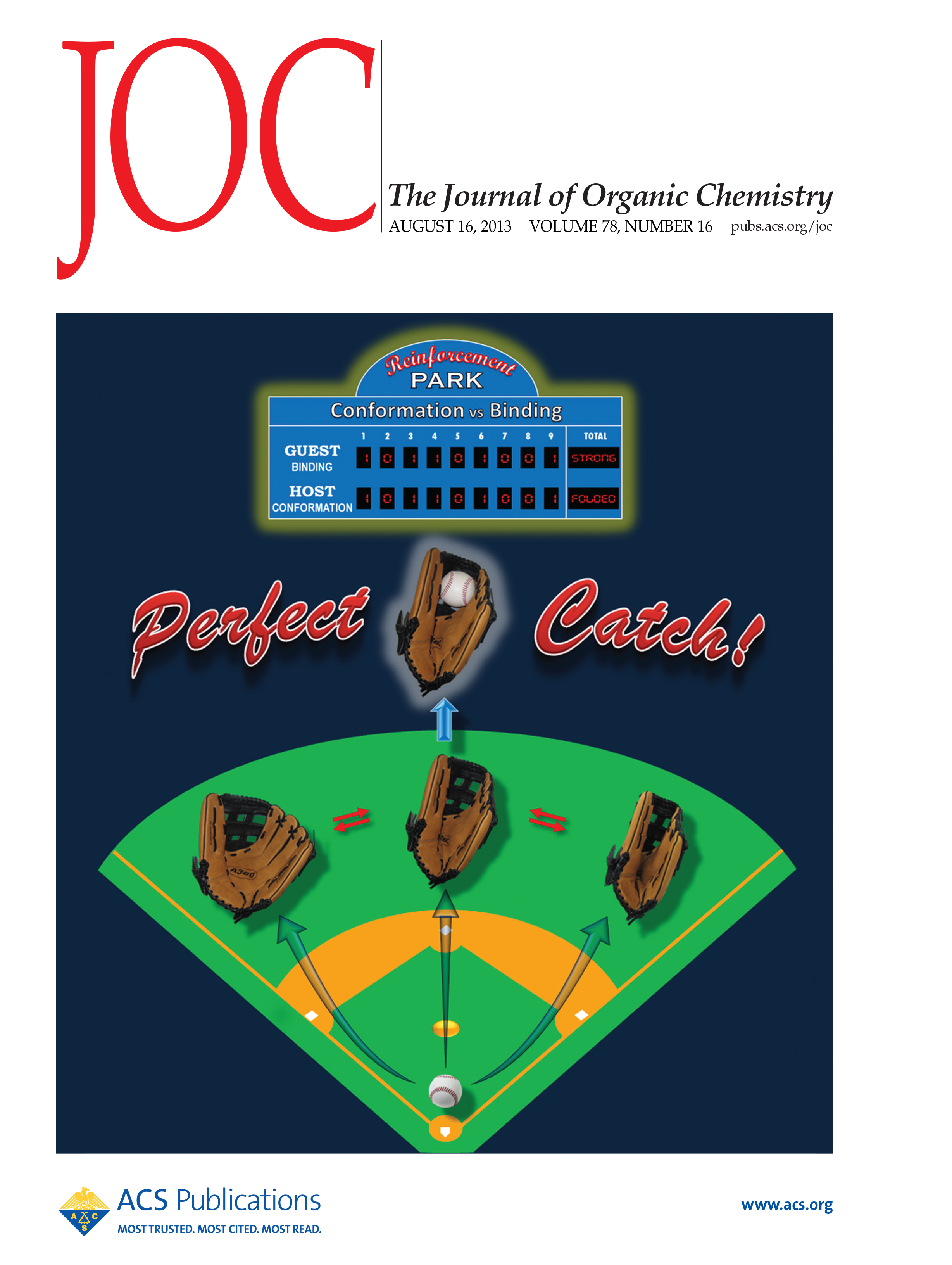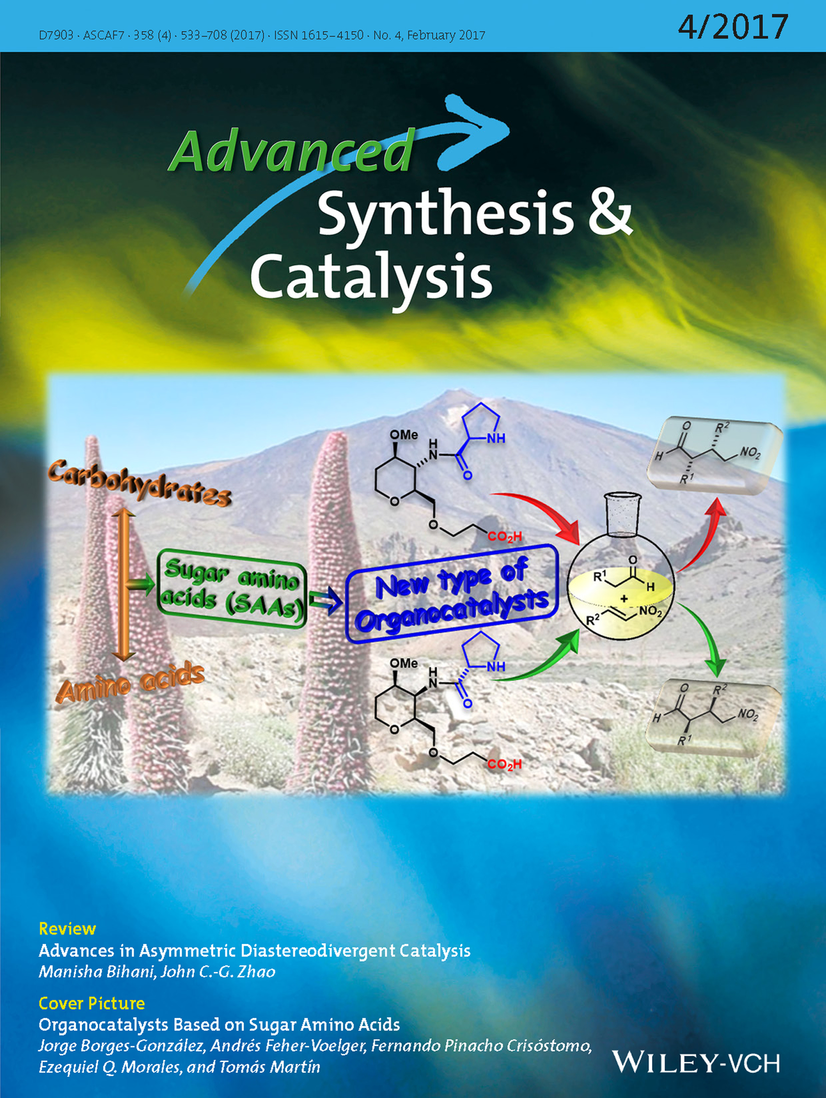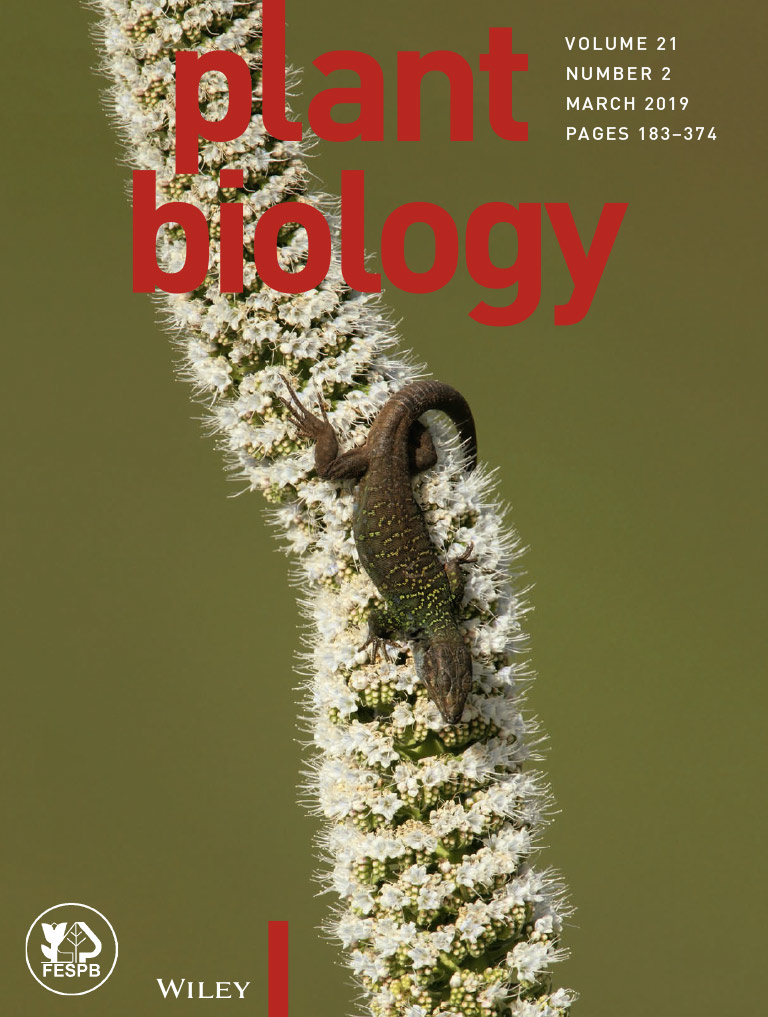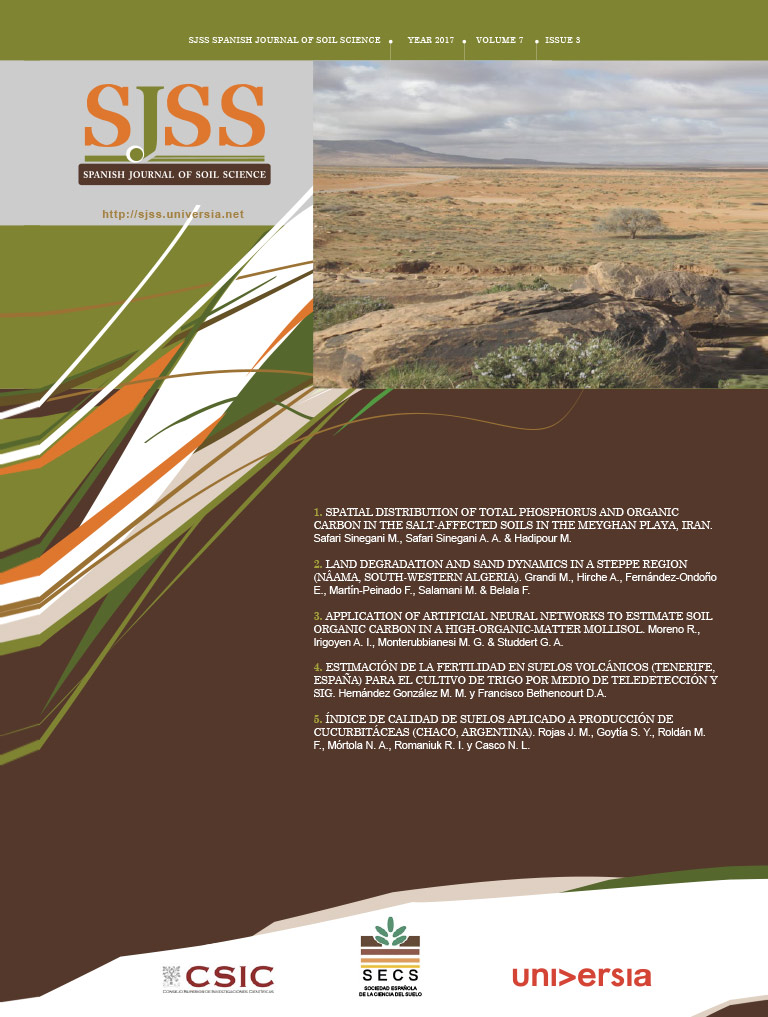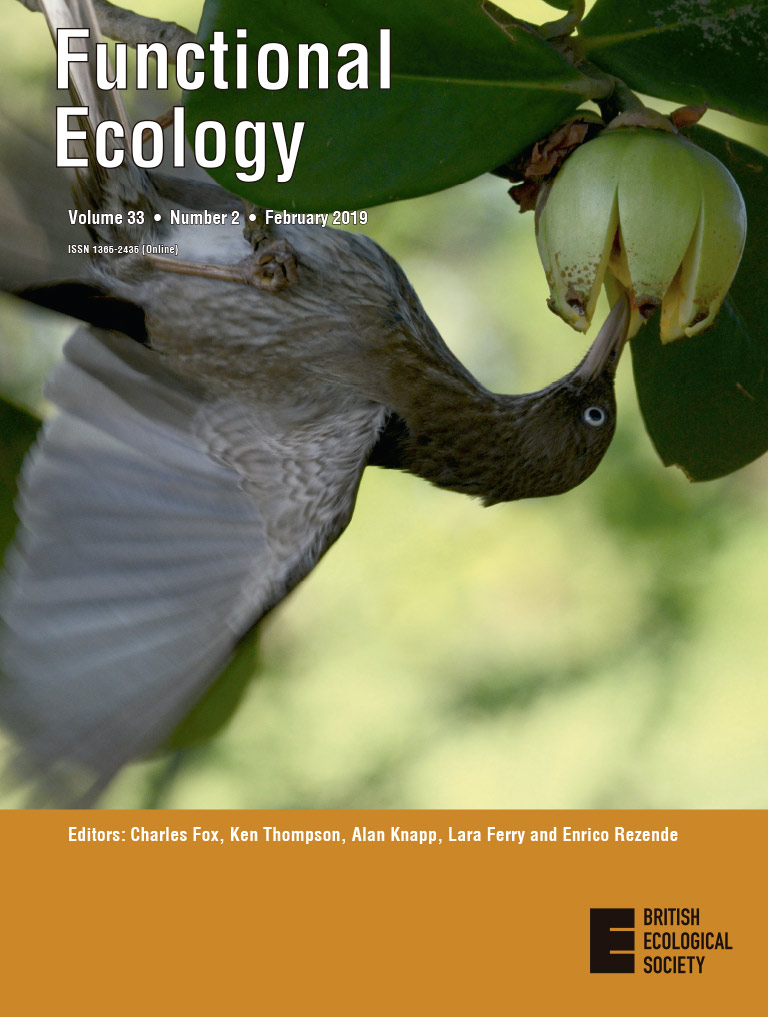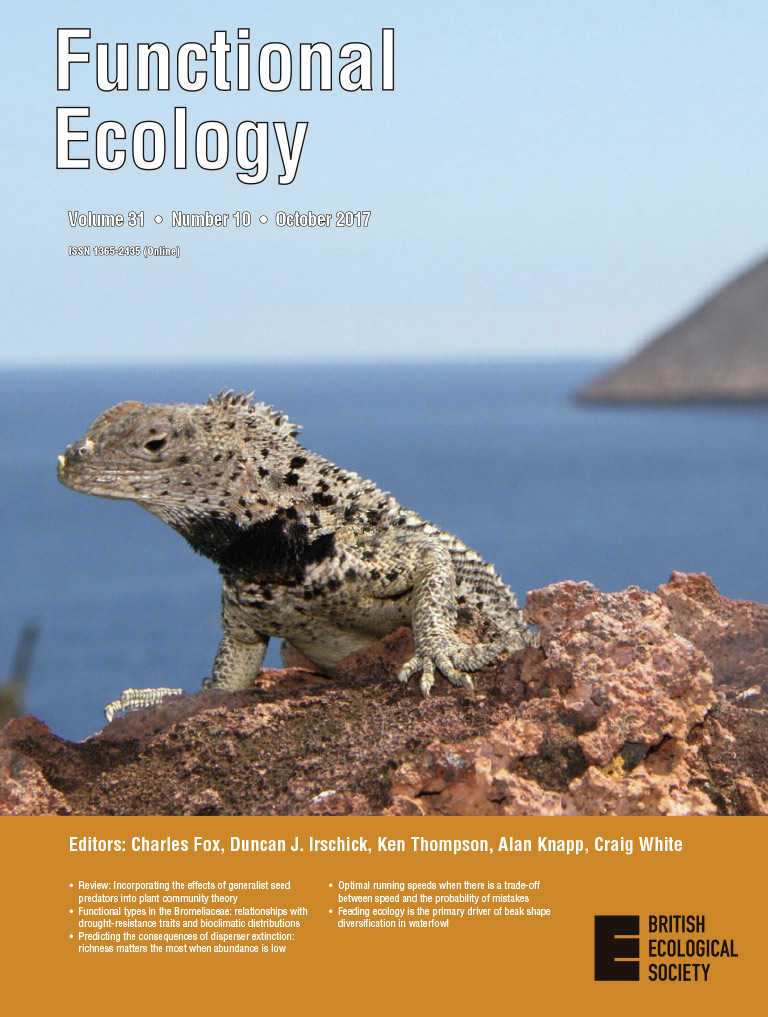Publications
This section includes a list of the latest IPNA scientific articles published in journals included in the Science Citation Index (SCI).
In DIGITAL.CSIC, institutional repository of the CSIC, you can find the complete list of scientific articles since 1962, as well as other collections of interest such as congresses, theses, books, informative material, etc. of the centre. The aim of DIGITAL.CSIC is to organize, preserve and disseminate in open access the results of our research.
In the institutional repository of the CSIC, you can find the complete list of scientific articles, as well as other collections of interest such as congresses, theses, books, informative material, etc.
Analysis of the IPNA 2014-2019 Scientific Production: bibliometric analysis from data collected in Scopus and Web of Science.

Coming of age for COI metabarcoding of whole organism community DNA: towards bioinformatic harmonisation
Metabarcoding of DNA extracted from community samples of whole organisms (whole organism community DNA, wocDNA) is increasingly being applied to terrestrial, marine and freshwater metazoan communities to provide rapid, accurate and high resolution data for novel molecular ecology research. The growth of this field has been accompanied by considerable development that builds on microbial metabarcoding methods to develop appropriate and efficient sampling and laboratory protocols for whole organism metazoan communities. However, considerably less attention has focused on ensuring bioinformatic methods are adapted and applied comprehensively in wocDNA metabarcoding. In this study we examined over 600 papers and identified 111 studies that performed COI metabarcoding of wocDNA. We then systematically reviewed the bioinformatic methods employed by these papers to identify the state-of-the-art. Our results show that the increasing use of wocDNA COI metabarcoding for metazoan diversity is characterised by a clear absence of bioinformatic harmonisation, and the temporal trends show little change in this situation. The reviewed literature showed (i) high heterogeneity across pipelines, tasks and tools used, (ii) limited or no adaptation of bioinformatic procedures to the nature of the COI fragment, and (iii) a worrying underreporting of tasks, software and parameters. Based upon these findings we propose a set of recommendations that we think the wocDNA metabarcoding community should consider to ensure that bioinformatic methods are appropriate, comprehensive and comparable. We believe that adhering to these recommendations will improve the long-term integrative potential of wocDNA COI metabarcoding for biodiversity science.
Creedy, Thomas; Andújar, Carmelo; Noguerales, Víctor; Overcast, Isaac; Papadopoulou, Anna; Morlon, Hélène; Vogler, Alfried; Emerson, Brent C.; Arribas, Paula
Stereoselective Self-Assembly of DNA Binding Helicates Directed by the Viral β-Annulus Trimeric Peptide Motif
Combining coordination chemistry and peptide engineering offers extraordinary opportunities for developing novel molecular (supra)structures. Here, we demonstrate that the β-annulus motif is capable of directing the stereoselective assembly of designed peptides containing 2,2′-bipyridine ligands into parallel three-stranded chiral peptide helicates, and that these helicates selectively bind with high affinity to three-way DNA junctions.
Gómez-González, Jacobo; Bouzada, David; Pérez-Márquez, Lidia A.; Sciortino, Giuseppe; Maréchal, Jean-Didier; Vázquez López, Miguel; Vázquez, Eugenio
Iron(II) and Copper(I) Control the Total Regioselectivity in the Hydrobromination of Alkenes
A new method that allows the complete control of the regioselectivity of the hydrobromination reaction of alkenes is described. Herein, we report a radical procedure with TMSBr and oxygen as common reagents, where the formation of the anti-Markovnikov product occurs in the presence of parts per million amounts of the Cu(I) species and the formation of the Markovnikov product occurs in the presence of 30 mol % iron(II) bromide. Density functional theory calculations combined with Fukui’s radical susceptibilities support the obtained results.
Cruz, Daniel A.; Sinka, Victoria; de Armas, Pedro; Steingruber, Hugo Sebastián; Fernández, Israel; Martín, Víctor S.; Miranda, Pedro O.; Padrón, Juan I.
Land Stewardship and Protection of an Endangered Plant Species in an Insular World Biosphere Reserve
Lotus eremiticus is an endemic species from La Palma World Biosphere Reserve. It has a small distribution range, low population size, and is threatened by introduced herbivores. Since these threats have not been removed from the protected area, they were excluded by building a fence. The land where the species grows is private property, so an agreement with the landowner was reached to permit measures to favor its recovery. During 2008-2019, as a result of this agreement and the conservation efforts, a large population increase occurred, from the initial 5 individuals to the 30 plants that are currently distributed at the original site. Furthermore, these measures allow the species to maintain stable population dynamics, meaning that this endangered species is itself capable of recovery if the threat is removed. This is a good example of how land stewardship is an effective tool to conserve endangered species.
Medina, Félix M.
Bulk and compound-specific δ13C and n-alkane indices in a palustrine intermontane record for assessing environmental changes over the past 320 ka: the Padul Basin (Southwestern Mediterranean realm)
Here we provide valuable information about the palaeoenvironmental evolution of Southwestern Mediterranean region during the last ca. 320 ka through a biomarker-based study of the longest continuous continental Quaternary record in the Iberian Peninsula. The n-alkane content and δ13C values of these lipids were measured in 300 samples taken from the uppermost 55 m of the Padul Basin (PB) record. The δ13C signal of long-chain n-alkanes was a reliable proxy for C4/C3 terrestrial vegetation composition in the basin, as emergent macrophytes made a minor contribution to these homologues. In contrast, the δ13C values of C23 and C25 alkanes reflected mainly phases of increasing water level of the lacustrine/palustrine water body since aquatic macrophytes contain a large proportion of these compounds. Low δ13C values were attributed to a marked contribution of plants using the C3 photosynthetic pathway. Intervals with the lowest δ13C values were attributed to an important input of angiosperms, although they could also be explained by changing environmental conditions or environmental stress, as large shifts in δ13C occurred in long-chain homologues typically abundant in terrestrial plants. Shifts in δ13C of medium-chain homologues reflected limited CO2 availability induced by water temperature, salinity, pH, enhanced productivity, low atmospheric pCO2, or stagnant barriers, rather than the abundance of aquatic macrophytes. Our results also suggest enhanced isotopic fractionation during lipid synthesis by aquatic macrophytes within MIS 7 and the Holocene, leading to increased δ13C values of bulk OM and of long-chain n-alkanes. Hence, the δ13C logs were ideal for studying the contribution of aquatic macrophytes to the lipid and isotopic composition of sediments and for the reconstruction of palaeoenvironmental conditions. These results confirmed that C4 plants had a low presence in the PB. Comparison with biomarker analysis and pollen data of the PB and other records of the Southwestern Mediterranean revealed that δ13C values of bulk OM and of long-chain n-alkanes reflected global climatic oscillations during MIS 7 and the episodes Heinrich Events 3, 2, 1 and Younger Dryas.
Ortiz, José E.; Torres, Trinidad; Delgado Huertas, Antonio; Valle, Maruja; Soler, Vicente; Araujo, Rafael; Rivas, María R.; Julià, Ramón; Sánchez-Palencia, Yolanda; Vega-Panizo, Rogelio
Could climate change benefit invasive snakes? Modelling the potential distribution of the California Kingsnake in the Canary Islands
The interaction between climate change and biological invasions is a global conservation challenge with major consequences for invasive species management. However, our understanding of this interaction has substantial knowledge gaps; this is particularly relevant for invasive snakes on islands because they can be a serious threat to island ecosystems. Here we evaluated the potential influence of climate change on the distribution of invasive snakes on islands, using the invasion of the California kingsnake (Lampropeltis californiae) in Gran Canaria. We analysed the potential distribution of L. californiae under current and future climatic conditions in the Canary Islands, with the underlying hypothesis that the archipelago might be suitable for the species under these climate scenarios. Our results indicate that the Canary Islands are currently highly suitable for the invasive snake, with increased suitability under the climate change scenarios tested here. This study supports the idea that invasive reptiles represent a substantial threat to near-tropical regions, and builds on previous studies suggesting that the menace of invasive reptiles may persist or even be exacerbated by climate change. We suggest future research should continue to fill the knowledge gap regarding invasive reptiles, in particular snakes, to clarify their potential future impacts on global biodiversity.
Piquet, Julien C. ; Warren, Dan L.; Saavedra Bolaños, Jorge Fernando; Sánchez Rivero, José Miguel; Gallo-Barneto, Ramón; Cabrera-Pérez, Miguel Ángel; Fisher, Robert N.; Fisher, Sam R.; Rochester, Carlton J.; Hinds, Brian; Nogales, Manuel ; López-Darias, Marta
K-Ar geochronology and trace-element geochemistry of 2M1 illite from upper Paleozoic shale of SW Laurentia – Insights into sediment origin and drainage pathways in the Anadarko Basin, USA
The Anadarko Basin of Oklahoma represents a major Paleozoic depocenter that existed along the rifted margins of southwestern Laurentia. In its infancy it accumulated a thick series of Cambrian through Mississippian detritus while further subsidence caused by inversion of the Cambrian Southern Oklahoma Aulacogen resulted in voluminous Pennsylvanian to Permian sediment. This contribution reports new data on K-Ar ages and trace-element geochemistry of detrital illite from middle and upper Pennsylvanian shale used to reconstruct sediment origins at the peak period of subsidence of the Anadarko Basin. X-ray diffraction was used to unveil mineral compositions and abundances of illite polytypes in two size fractions of separated illite (˂1 and 2-1 μm). K-Ar isotopic analyses were completed for both fine fractions, while the laser ablation inductively coupled plasma mass spectrometry was done for the latter. All illite separates consisted of mixtures of authigenic (1Md) and detrital (2M1) illite. The Illite Age Analyses showed that the detrital age of Desmoinesian (Moscovian) shale is the late Ediacaran (584 Ma), while the age of Missourian (Kasimovian) shale is the middle Cambrian (512.5 Ma). Trace-element abundances of all analyzed illite, irrespectively of stratigraphic age, are consistent with those of mica from metamorphic rocks. Based on illite detrital age and geochemistry it was inferred that Desmoinesian (Moscovian) shale represents a mixture of Neoproterozoic and Cambrian detritus sourced locally, whereas Missourian (Kasimovian) shale records a provenance shift toward more distal easterly sources from the Ouachita-(Marathon) foreland. This study has proposed a sediment source transition between the middle and upper Pennsylvanian that likely reflected major changes in the basin paleogeography and progressive development of the east-west (transcontinental) fluvial systems.
Šegvić, Branimir; Zanoni, Giovanni; Bozkaya, Ömer; Sweet, Dustin; Barnes, Melanie; Boulesteix, Thomas ; Solé, Jesús
Squamins C–F, four cyclopeptides from the seeds of Annona globiflora
Four cyclic octapeptides, squamins C–F, were isolated from the seeds of Annona globiflora Schltdl. These compounds share part of their amino acid sequence, -Pro-Met(O)-Tyr-Gly-Thr-, with previously reported squamins A and B. Their structures were determined using NMR spectroscopic techniques together with quantum mechanical calculations (QM-NMR), ESI-HRMS data and a modified version of Marfey's chromatographic method. All compounds showed cytotoxic activity against DU-145 (human prostate cancer) and HeLa (human cervical carcinoma) cell lines. Clearly, A. globiflora is an important source of bioactive molecules, which could promote the sustainable exploitation of this undervalued specie.
Sosa-Rueda, Javier; Domínguez-Meléndez, Vanihamin; Ortiz-Celiseo, Araceli; López-Fentanes, Fernando C.; Cuadrado, Cristina; Fernández, José J.; Hernández Daranas, Antonio; Cen-Pacheco, Francisco
Theoretical Three-Dimensional Zinc Complexes with Glutathione, Amino Acids and Flavonoids
Zinc plays an important role in the regulation of many cellular functions; it is a signaling molecule involved in the transduction of several cascades in response to intra and extracellular stimuli. Labile zinc is a small fraction of total intracellular zinc, that is loosely bound to proteins and is easily interchangeable. At the cellular level, several molecules can bind labile zinc and promote its passage across lipophilic membranes. Such molecules are known as ionophores. Several of these compounds are known in the scientific literature, but most of them can be harmful to human health and are therefore not allowed for medical use. We here performed a theoretical three-dimensional study of known zinc ionophores, together with a computational energetic study and propose that some dietary flavonoids, glutathione and amino acids could form zinc complexes and facilitate the transport of zinc, with the possible biological implications and potential health benefits of these natural compounds. The study is based on obtaining a molecular conformational structure of the zinc complexes with the lowest possible energy content. The discovery of novel substances that act as zinc ionophores is an attractive research topic that offers exciting opportunities in medicinal chemistry. We propose that these novel complexes could be promising candidates for drug design to provide new solutions for conditions and diseases related to zinc deficiency or impairment derived from the dysregulation of this important metal.
Pérez de Lastra, José Manuel; Andrés-Juan, Celia; Plou Gasca, Francisco José; Pérez-Lebeña, Eduardo.
Cyanovinylation of Aldehydes: Organocatalytic Multicomponent Synthesis of Conjugated Cyanomethyl Vinyl Ethers
A novel organocatalytic multicomponent cyanovinylation of aldehydes was designed for the synthesis of conjugated cyanomethyl vinyl ethers. The reaction was implemented for the synthesis of a 3-substituted 3-(cyanomethoxy)acrylates, using aldehydes as substrates, acetone cyanohydrin as the cyanide anion source, and methyl propiolate as the source of the vinyl component. The multicomponent reaction is catalyzed by N-methyl morpholine (2.5 mol%) to deliver the 3-(cyanomethoxy)acrylates in excellent yields and with preponderance of the E-isomer. The multicomponent reaction manifold is highly tolerant to the structure and composition of the aldehyde (aliphatic, aromatic, heteroaromatics), and it is instrumentally simple (one batch, open atmospheres), economic (2.5 mol% catalyst, stoichiometric reagents), environmentally friendly (no toxic waste), and sustainable (easy scalability).
Delgado-Hernández, Samuel; García-Tellado, Fernando; Tejedor, David
